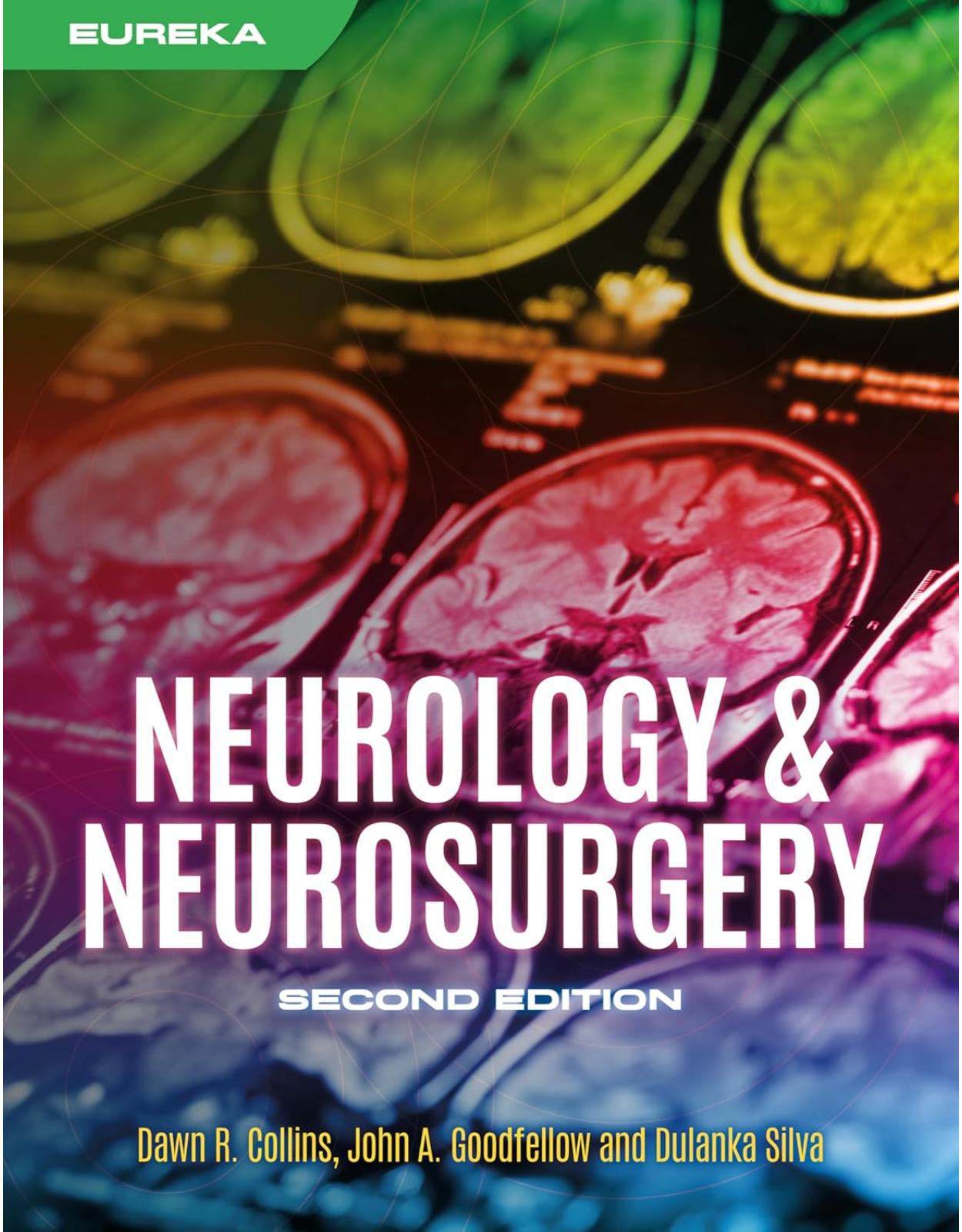
Eureka: Neurology & Neurosurgery, second edition
Livrare gratis la comenzi peste 500 RON. Pentru celelalte comenzi livrarea este 20 RON.
Disponibilitate: La comanda in aproximativ 4 saptamani
Editura: SCION PUBLISHING LTD
Limba: Engleza
Nr. pagini: 358
Coperta: Paperback
Dimensiuni:
An aparitie: 3 feb 2025
Eureka: Neurology & Neurosurgery 2e provides everything a student needs to succeed in the subject, prepare for their clinical placements and pass their exams. The book starts with a First principles chapter which clearly explains key concepts and the mechanisms of neurology, from cells and signalling to the autonomic nervous system, and on to special senses. The next chapter describes neurological history-taking and examination. Subsequent chapters cover the major neurological presentations such as increased intracranial pressure, headache and facial pain, seizures and epilepsy, neurovascular disease, neurological tumours and infections, movement disorders, and, neurodegenerative disorders. The book concludes with chapters on neurological emergencies and the integrated care of patients with neurological problems. Key features: an engaging and authoritative style – with everything you need in one place, including the latest management options realistic clinical cases – these show how skilled clinicians work through a presentation, and put disease and biomedical principles into context extensive range of photographs – superb photos show clinical presentations using all imaging modalities and exactly how to demonstrate related clinical signs starter questions – stimulating questions and answers to test your knowledge and highlight the level of detail you need study boxes – these highlight tips, tricks and key learning points Featuring insightful clinical cases, extensive photographs, self-assessment questions and answers, and a wealth of other learning tools, Eureka: Neurology & Neurosurgery 2e will equip you with the core knowledge and skills you need for your exams and clinical placements!
Table of Contents:
1. First principles
1.1. Overview of the nervous system
1.2. Cells and signalling
1.3. Development of the nervous system
1.4. The environment of the brain
1.5. Cerebrum
1.6. Diencephalon
1.7. Brainstem
1.8. Cerebellum
1.9. Vertebral column and spinal cord
1.10. Somatosensory system
1.11. Somatic motor
1.12. Reflexes
1.13. Autonomic nervous system
1.14. Enteric nervous system
1.15. Cranial nerves
1.16. Special senses
1.17. Answers to starter questions
2. Clinical essentials
2.1. Introduction
2.2. Common symptoms and how to take a history
2.3. Common signs and how to examine a patient
2.4. Investigations
2.5. Management options
2.6. Answers to starter questions
3. Increased intracranial pressure and traumatic brain injury
3.1. Introduction
Case 3.1. Headache and vomiting
3.2. Increased intracranial pressure
3.3. Traumatic brain injury
3.4. Extradural haematoma
3.5. Acute subdural haematoma
3.6. Chronic subdural haematoma
3.7. Traumatic intraparenchymal haemorrhage
3.8. Diffuse axonal injury
3.9. Hydrocephalus
3.10. Answers to starter questions
4. Headache and facial pain syndromes
4.1. Introduction
Case 4.1. Headache
Case 4.2. Throbbing headache and reduced vision
4.2. Migraine
4.3. Tension-type headache
4.4. Cluster headache
4.5. Temporomandibular joint dysfunction
4.6. Trigeminal neuralgia
4.7. Giant cell arteritis
4.8. Headache of increased intracranial pressure
4.9. Other headache syndromes
4.10. Answers to starter questions
5. Seizures and epilepsy
5.1. Introduction
Case 5.1. Blackout
Case 5.2. Recurrence of seizures
5.2. Seizures and epilepsy
5.3. Answers to starter questions
6. Neurovascular disease
6.1. Introduction
Case 6.1. Blackout
Case 6.2. Sudden-onset weakness
6.2. Ischaemic and haemorrhagic stroke
6.3. Transient ischaemic attack
6.4. Cerebral aneurysms
6.5. Arteriovenous malformations
6.6. Cerebral venous sinus thrombosis
6.7. Cavernous sinus syndromes
6.8. Answers to starter questions
7. Neurological tumours
7.1. Introduction
Case 7.1. Morning headache
7.2. Intracranial tumours: general principles
7.3. Gliomas
7.4. Glioblastoma multiforme
7.5. Meningiomas
7.6. Nerve sheath tumours
7.7. Pituitary tumours
7.8. Metastatic tumours
7.9. Spinal tumours
7.10. Answers to starter questions
8. Neurological infections
8.1. Introduction
Case 8.1. Fever and confusion
8.2. Bacterial meningitis
8.3. Viral meningitis
8.4. Encephalitis
8.5. Brain abscess
8.6. HIV and associated infections
8.7. Tuberculosis
8.8. Spinal infections
8.9. Herpes zoster and post-herpetic neuralgia
8.10. Answers to starter questions
9. Movement disorders
9.1. Introduction
Case 9.1. Tremor
9.2. Parkinson’s disease
9.3. Drug-induced parkinsonism
9.4. Parkinson’s plus syndromes
9.5. Huntington’s disease
9.6. Essential tremor
9.7. Wilson’s disease
9.8. Restless legs syndrome
9.9. Tics
9.10. Answers to starter questions
10. Multiple sclerosis and other central nervous system demyelinating diseases
10.1. Introduction
Case 10.1. Rapid loss of visual acuity in one eye
10.2. Multiple sclerosis
10.3. Other central nervous system demyelinating diseases
10.4. Answers to starter questions
11. Spinal disorders
11.1. Introduction
Case 11.1. Arm pain worsened by coughing
11.2. Spinal syndromes
11.3. Spondylosis
11.4. Myelopathy
11.5. Radiculopathy
11.6. Lumbar spinal stenosis
11.7. Cauda equina syndrome
11.8. Spondylolysis and spondylolisthesis
11.9. Syringomyelia
11.10. Spinal cord infarction
11.11. Answers to starter questions
12. Systemic immune disease affecting the nervous system
12.1. Introduction
Case 12.1. Generally feeling unwell with weakness
12.2. Systemic lupus erythematosus
12.3. Sjögren’s syndrome
12.4. Vasculitis and polyarteritis nodosa
12.5. Paraneoplastic syndromes
12.6. Neurosarcoidosis
12.7. Answers to starter questions
13. Motor neurone and genetic neurodegenerative diseases
13.1. Introduction
Case 13.1. Tendency to fall over
13.2. Motor neurone disease
13.3. Spinal muscular atrophy
13.4. Friedreich’s ataxia
13.5. Spinocerebellar ataxia
13.6. Answers to starter questions
14. Dementia
14.1. Introduction
Case 14.1. Change in personality and decline in memory
14.2. Dementia
14.3. Alzheimer’s disease
14.4. Vascular dementia
14.5. Dementia with Lewy bodies
14.6. Frontotemporal lobar degeneration
14.7. Wernicke–Korsakoff syndrome
14.8. Creutzfeldt–Jakob disease
14.9. Answers to starter questions
15. Congenital and hereditary conditions
15.1. Introduction
Case 15.1. Partial seizure
15.2. Cerebral palsy
15.3. Myotonic dystrophy
15.4. Spina bifida
15.5. Hereditary spastic paraplegia
15.6. Neurofibromatosis
15.7. Tuberous sclerosis complex
15.8. Sturge–Weber syndrome
15.9. Answers to starter questions
16. Peripheral neurological disease
16.1. Introduction
Case 16.1. Numbness and tingling in feet
16.2. Peripheral nerve lesions
16.3. Muscular disease
16.4. Neuromuscular junction disease
16.5. Answers to starter questions
17. Emergencies
17.1. Introduction
Case 17.1. Acute-onset severe headache
Case 17.2. Sudden focal neurological deficit
Case 17.3. Injuries from a road traffic accident
Case 17.4. Status epilepticus
Case 17.5. Acute neuromuscular paralysis
Case 17.6. Unconsciousness and coma
Case 17.7. Fever and confusion
Case 17.8. Increased intracranial pressure
Case 17.9. Cauda equina syndrome
18. Integrated care
18.1. Introduction
Case 18.1. Caring for a stroke patient
18.2. Stroke
18.3. Chronic pain
18.4. Long-term support for chronic neurological conditions
18.5. Answers to starter questions
Figure acknowledgements
Index
| An aparitie | 3 feb 2025 |
| Autor | Dawn Collins, John Goodfellow, Dulanka Silva |
| Editura | SCION PUBLISHING LTD |
| Format | Paperback |
| ISBN | 9781914961465 |
| Limba | Engleza |
| Nr pag | 358 |

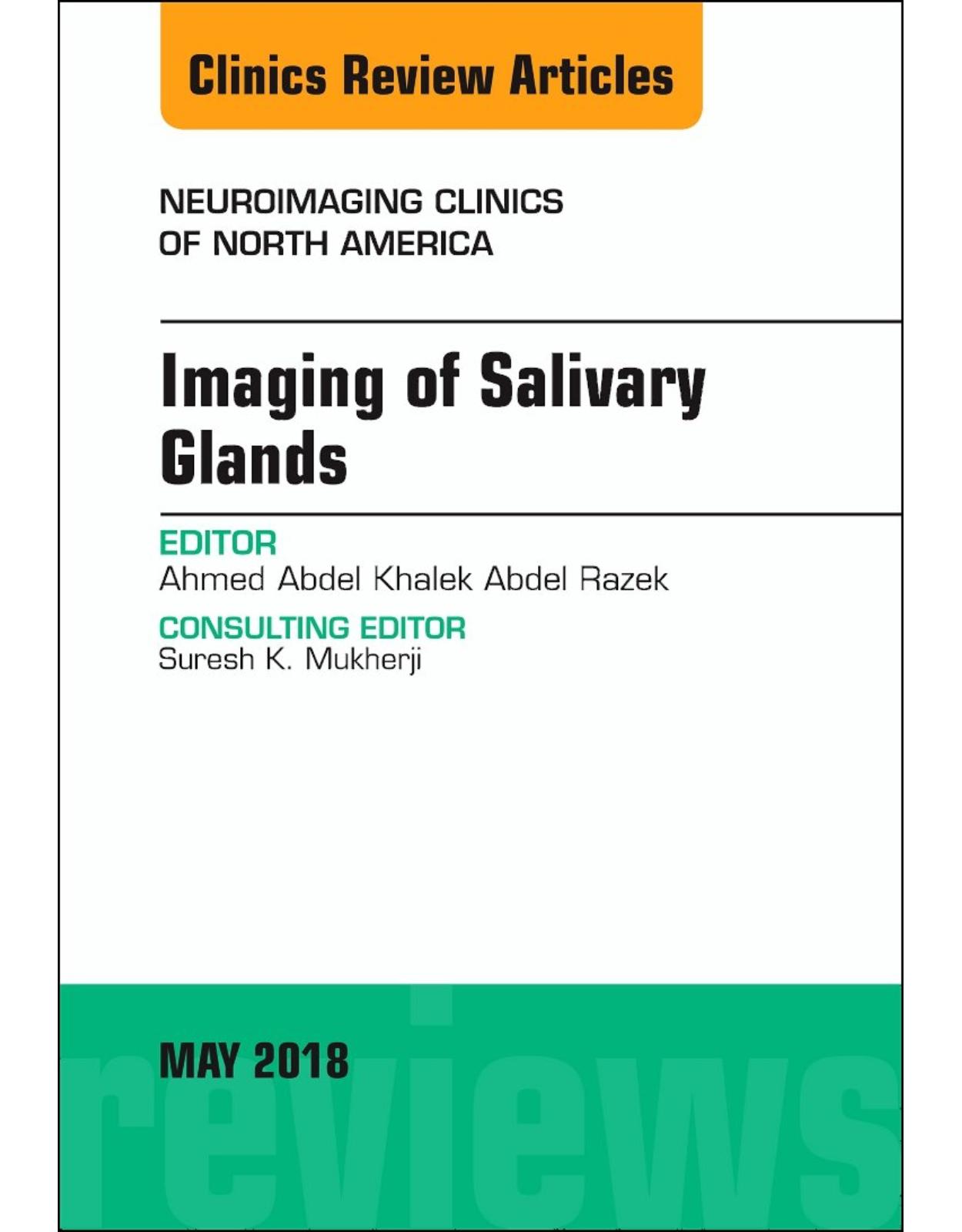
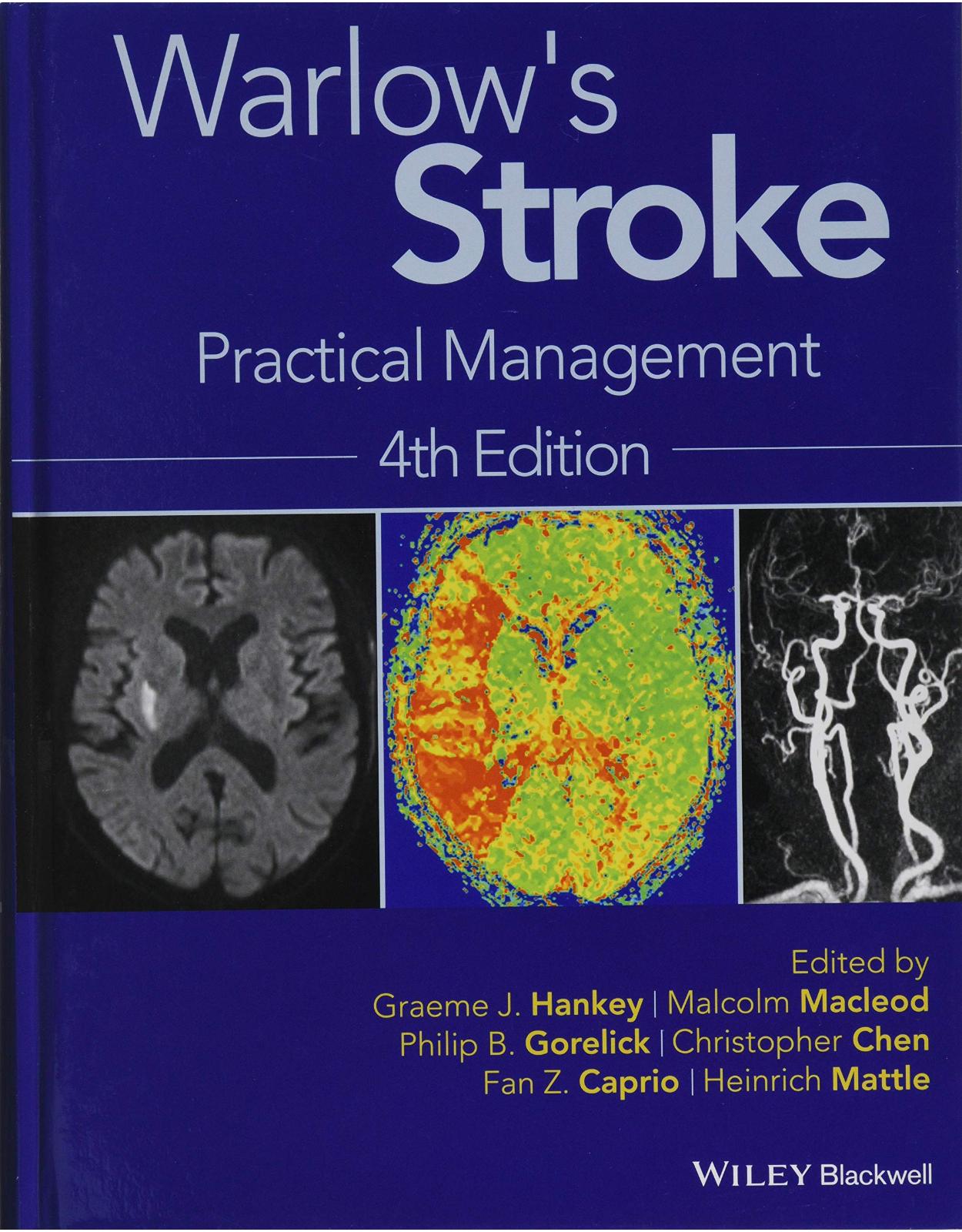
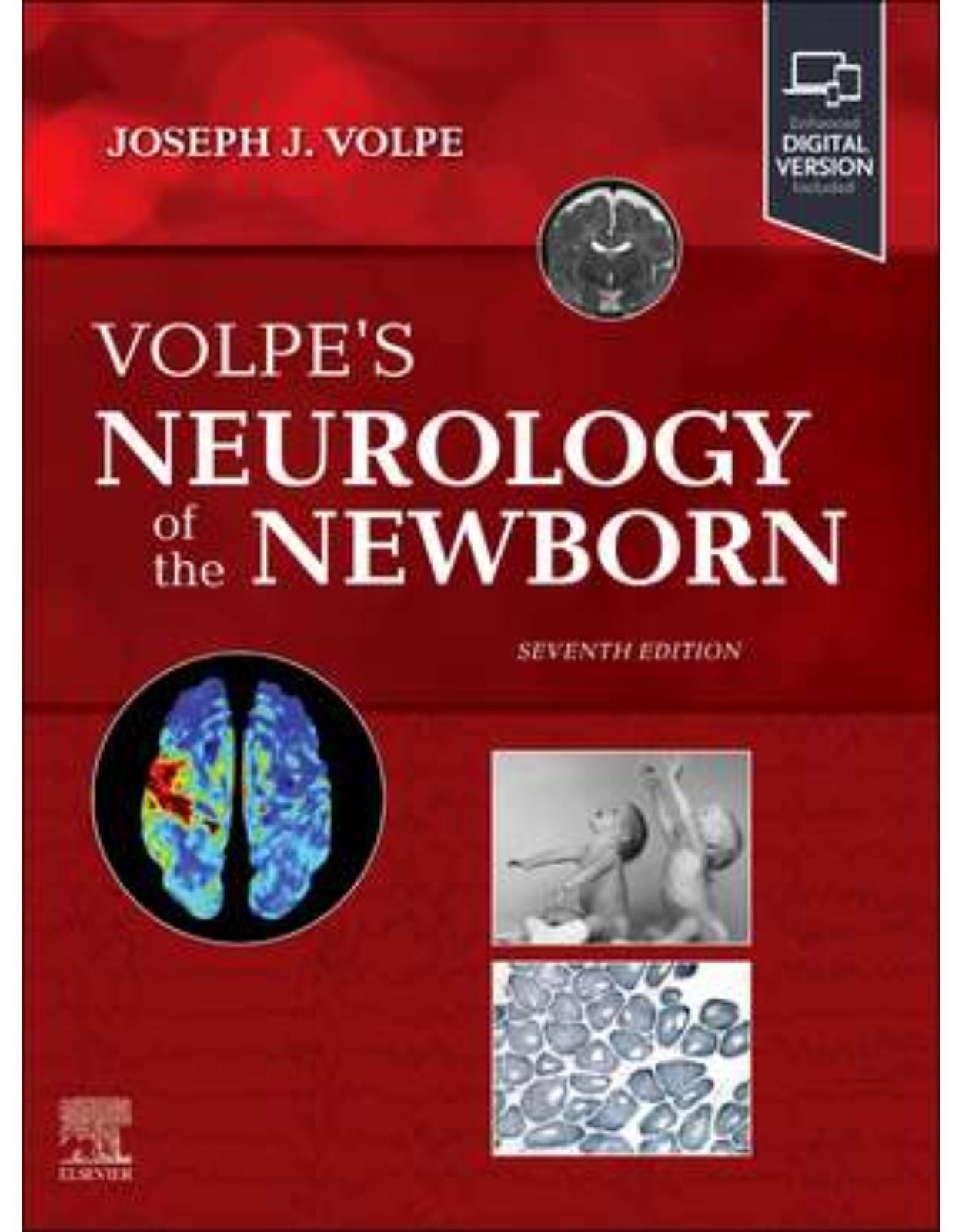
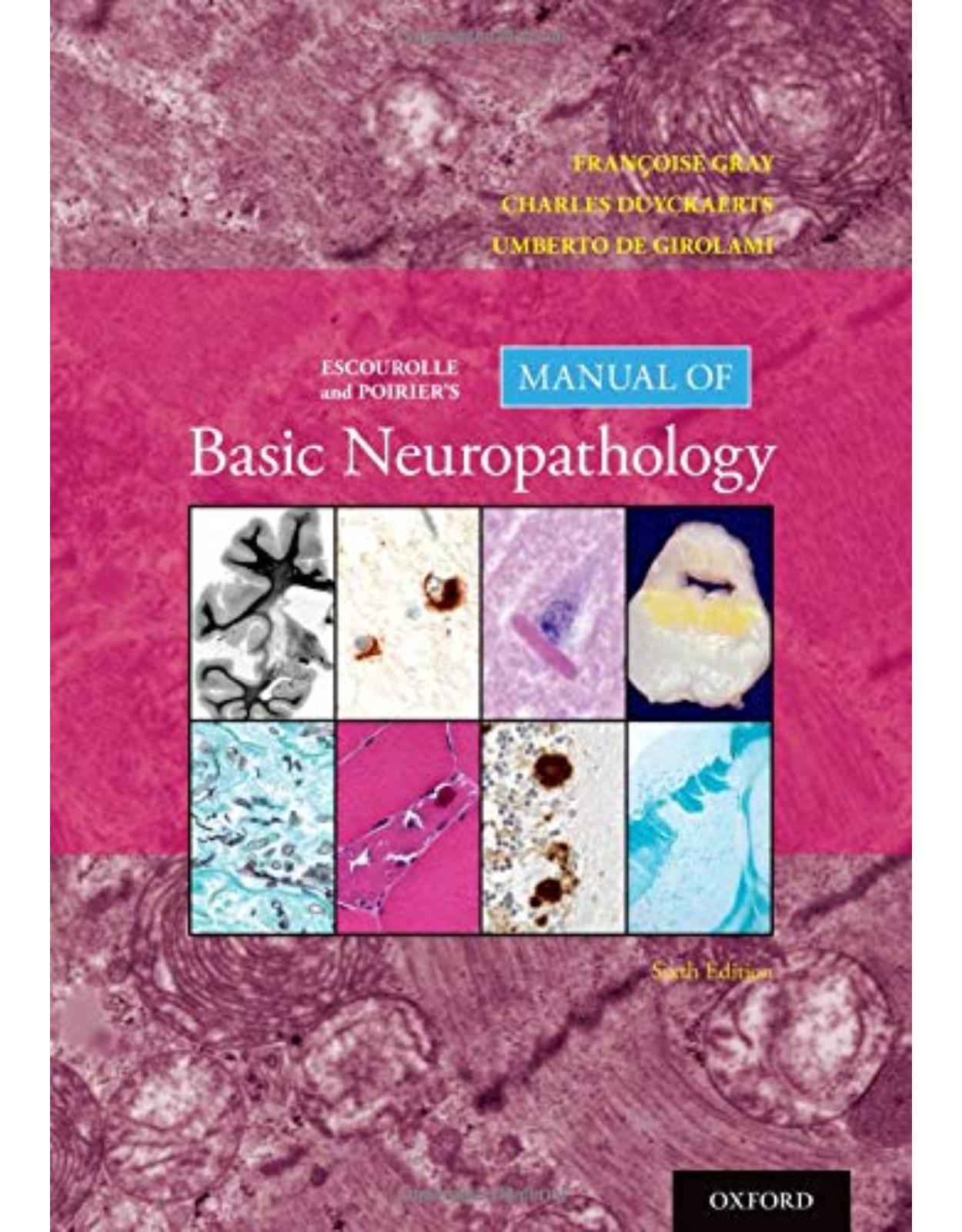

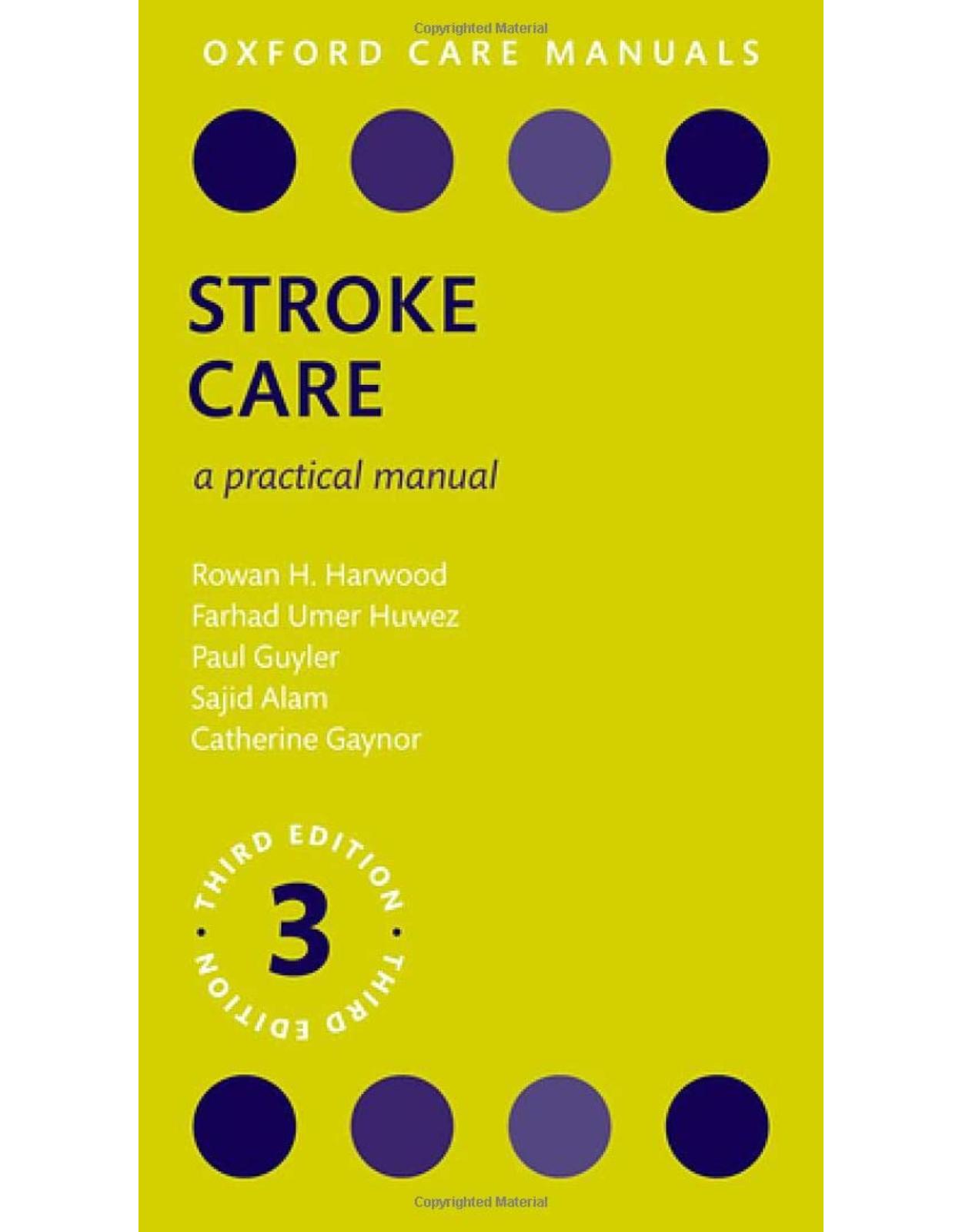
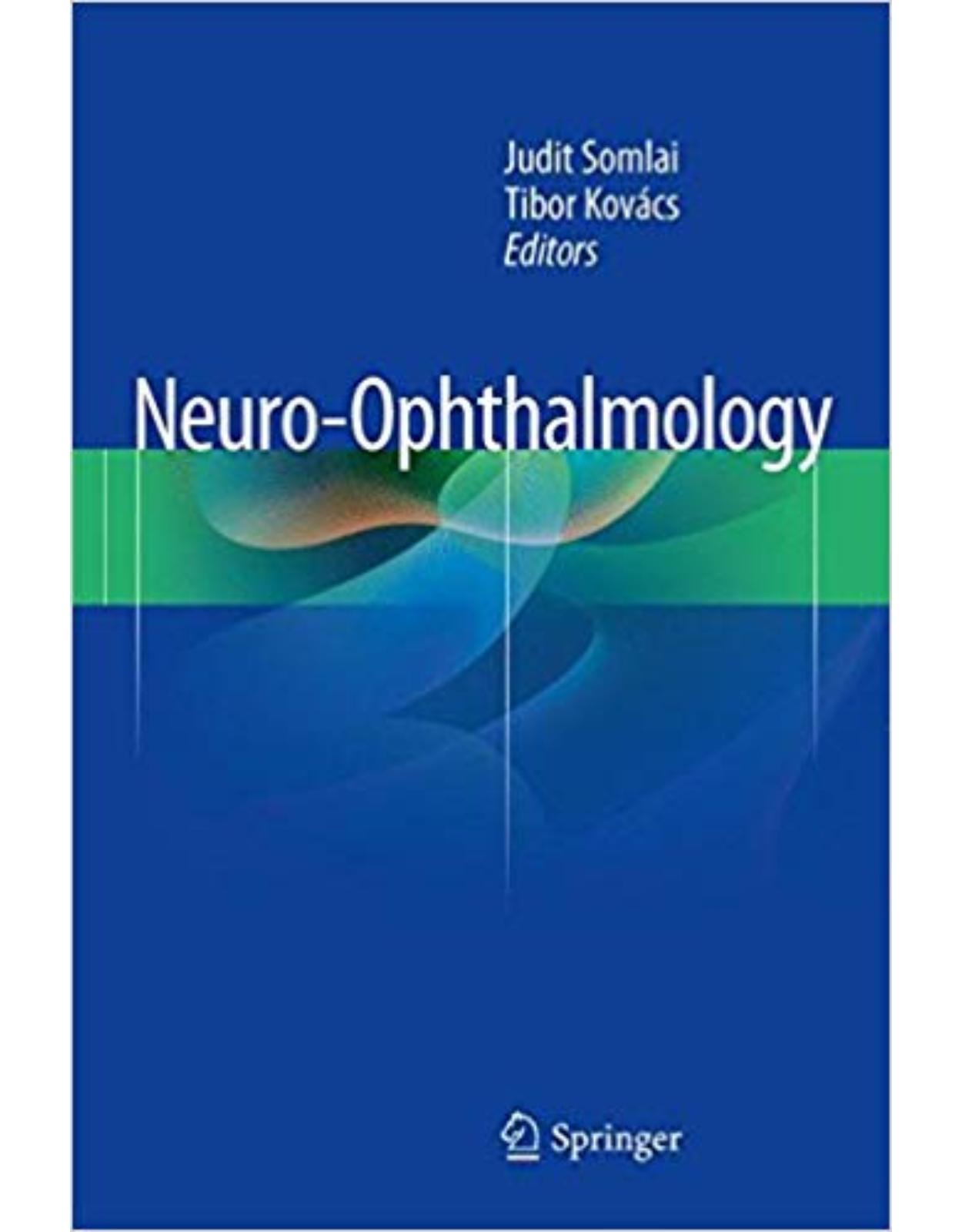
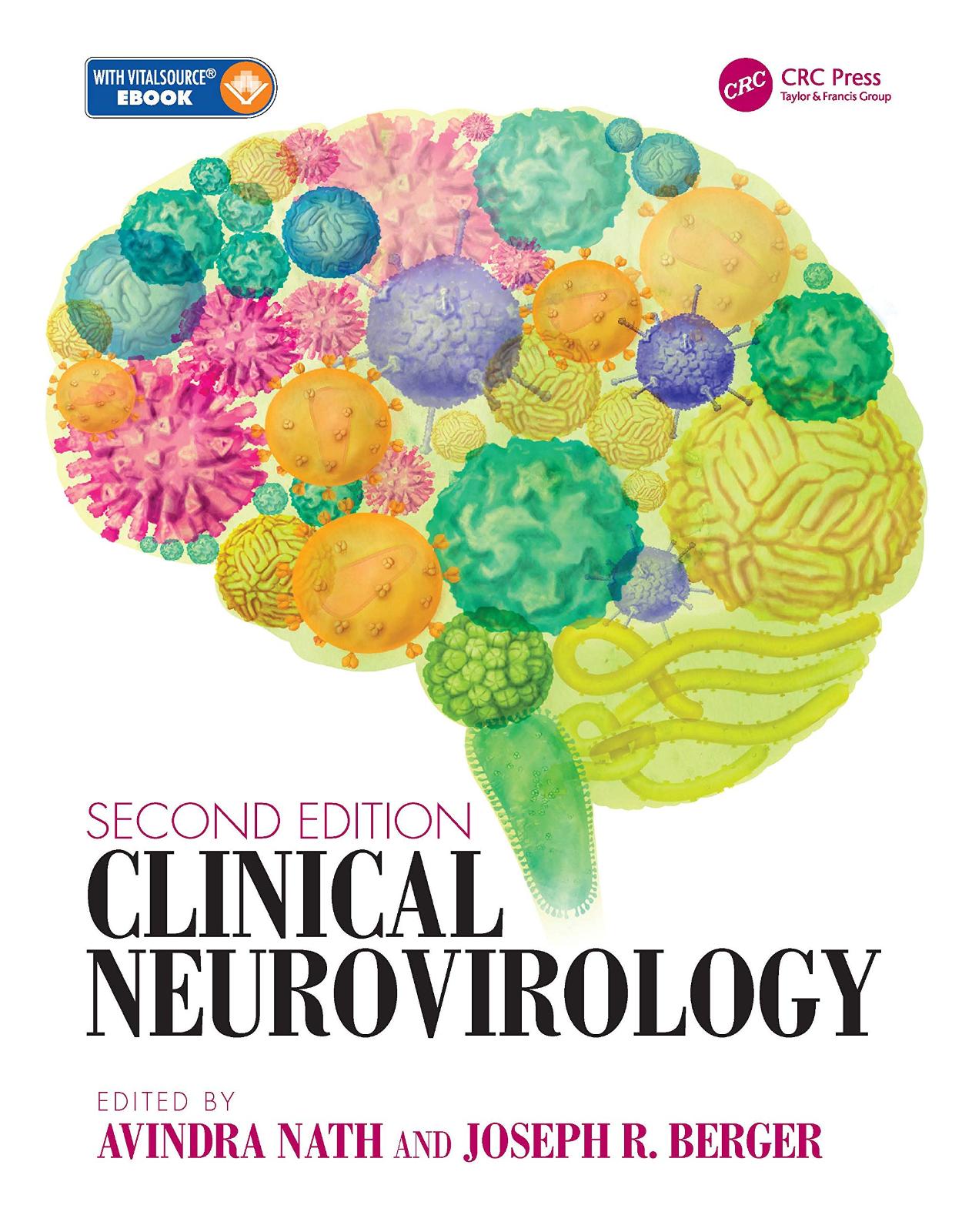
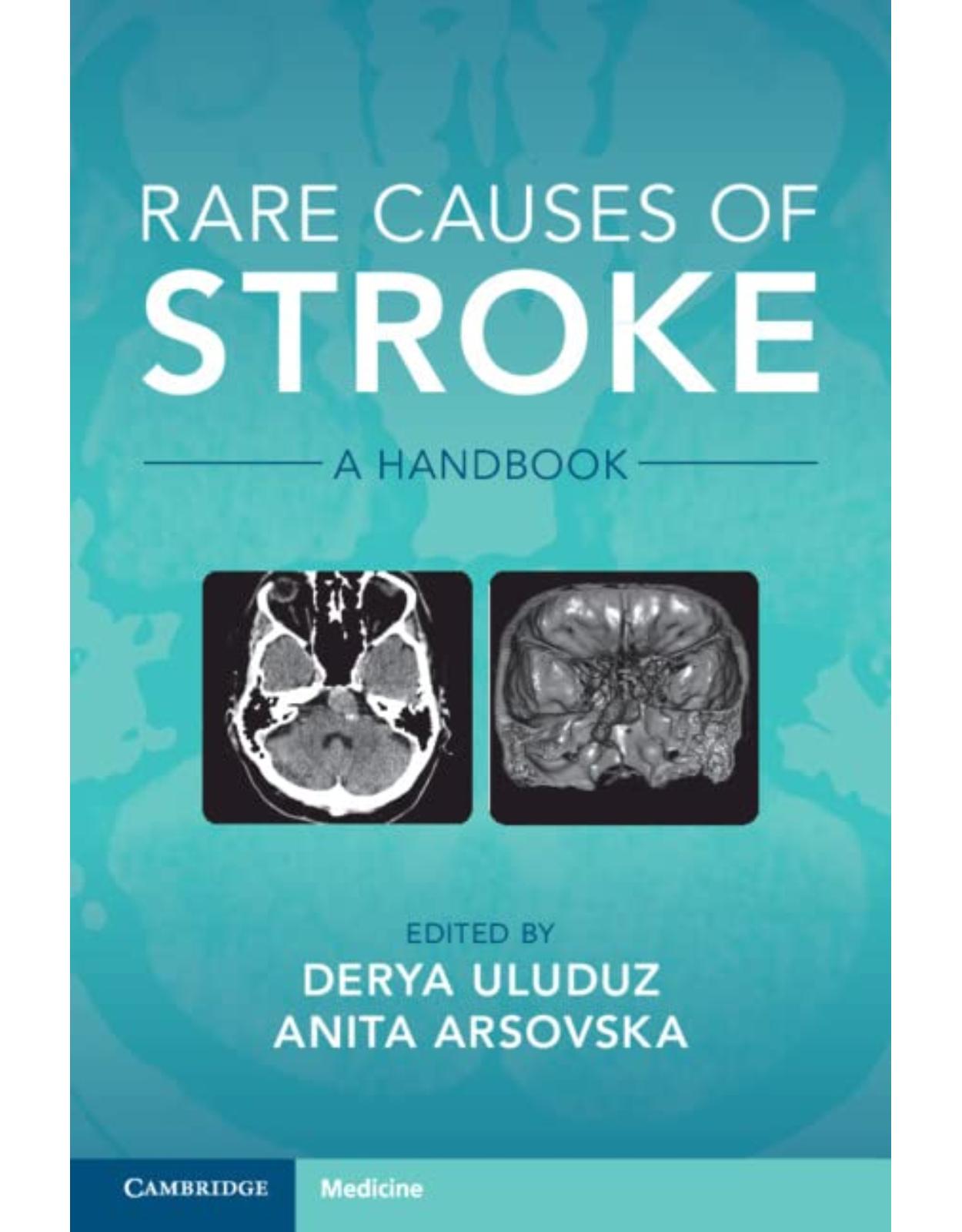
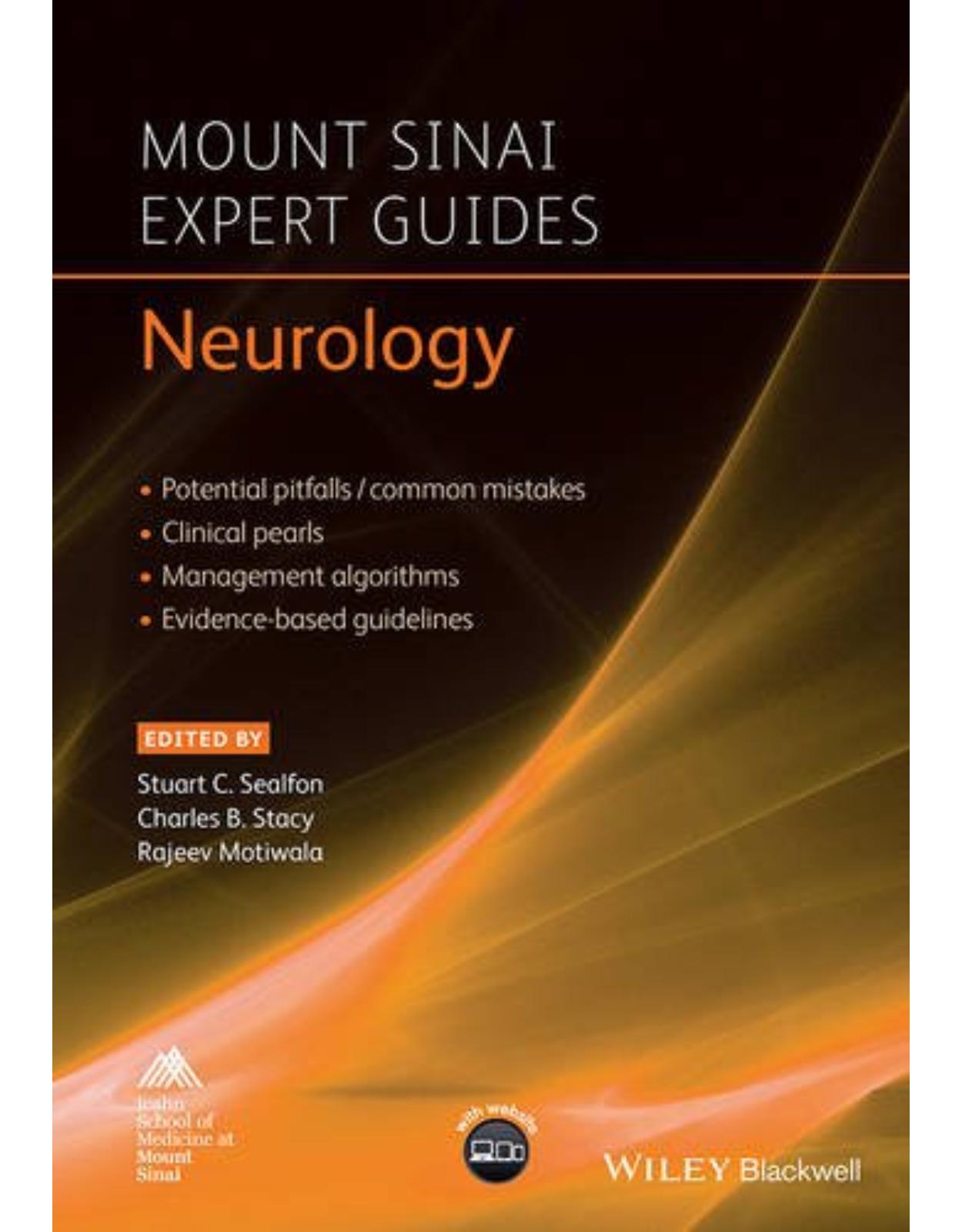
Clientii ebookshop.ro nu au adaugat inca opinii pentru acest produs. Fii primul care adauga o parere, folosind formularul de mai jos.